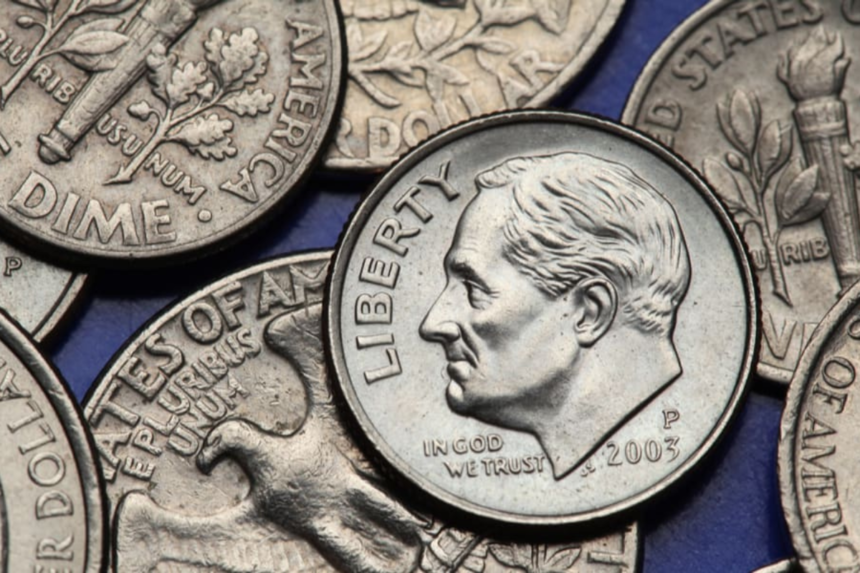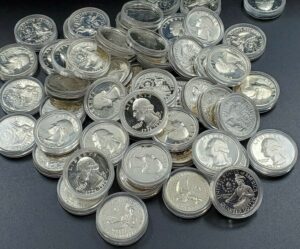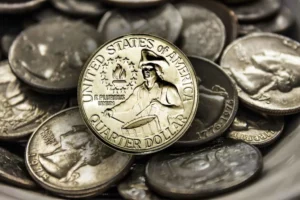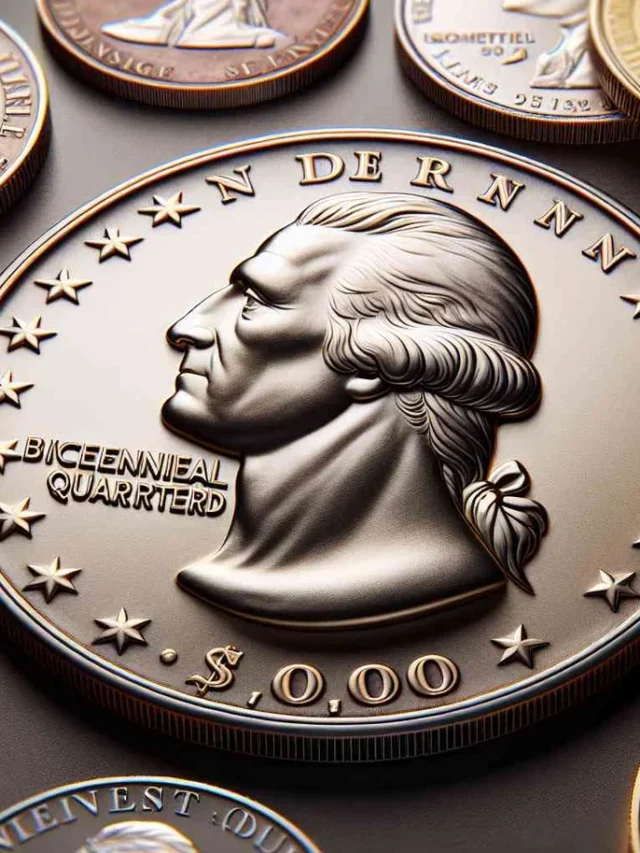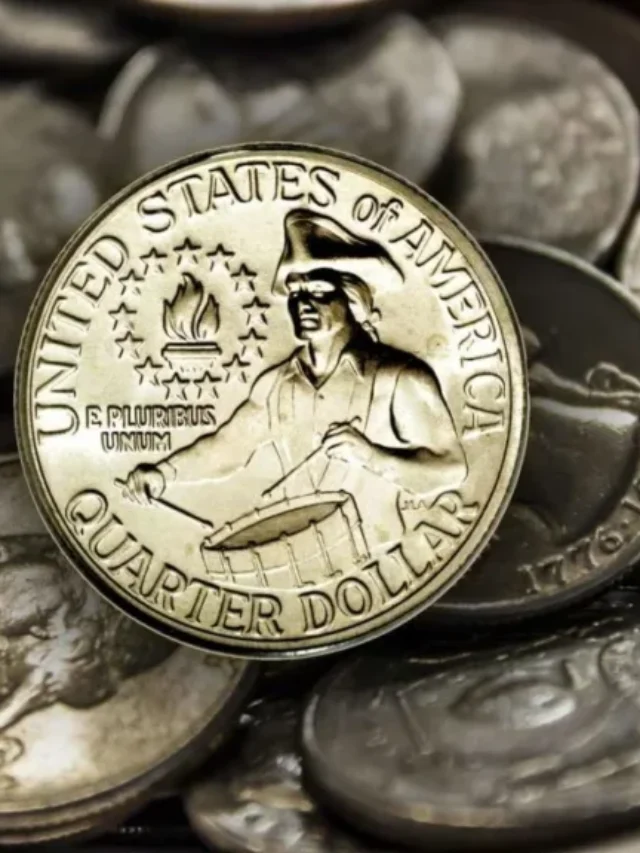Introduction:
For coin collectors, the thrill of discovering a rare coin is unmatched. Among these treasures, rare dimes hold a special allure, often combining historical significance with high value. Here, we explore the top three rare dimes, providing insights on how to identify and value these coveted coins.
1. 1894-S Barber Dime

History and Background The 1894-S Barber Dime is a legend in the coin-collecting world. Minted in San Francisco in 1894, only 24 were produced, and today, only about 9 are known to exist. These dimes were struck under mysterious circumstances, possibly as gifts for bankers or as part of a special minting run.
Identification Tips To identify an 1894-S Barber Dime, look for the “S” mint mark below the wreath on the reverse side of the coin. The date should read 1894. Authenticating these dimes often requires expert examination due to their rarity and value.
Value The 1894-S Barber Dime is one of the most valuable coins in American numismatics. Prices range from $1 million to over $2 million depending on condition. For example, a specimen sold at auction in 2016 for nearly $2 million.
2. 1916-D Mercury Dime
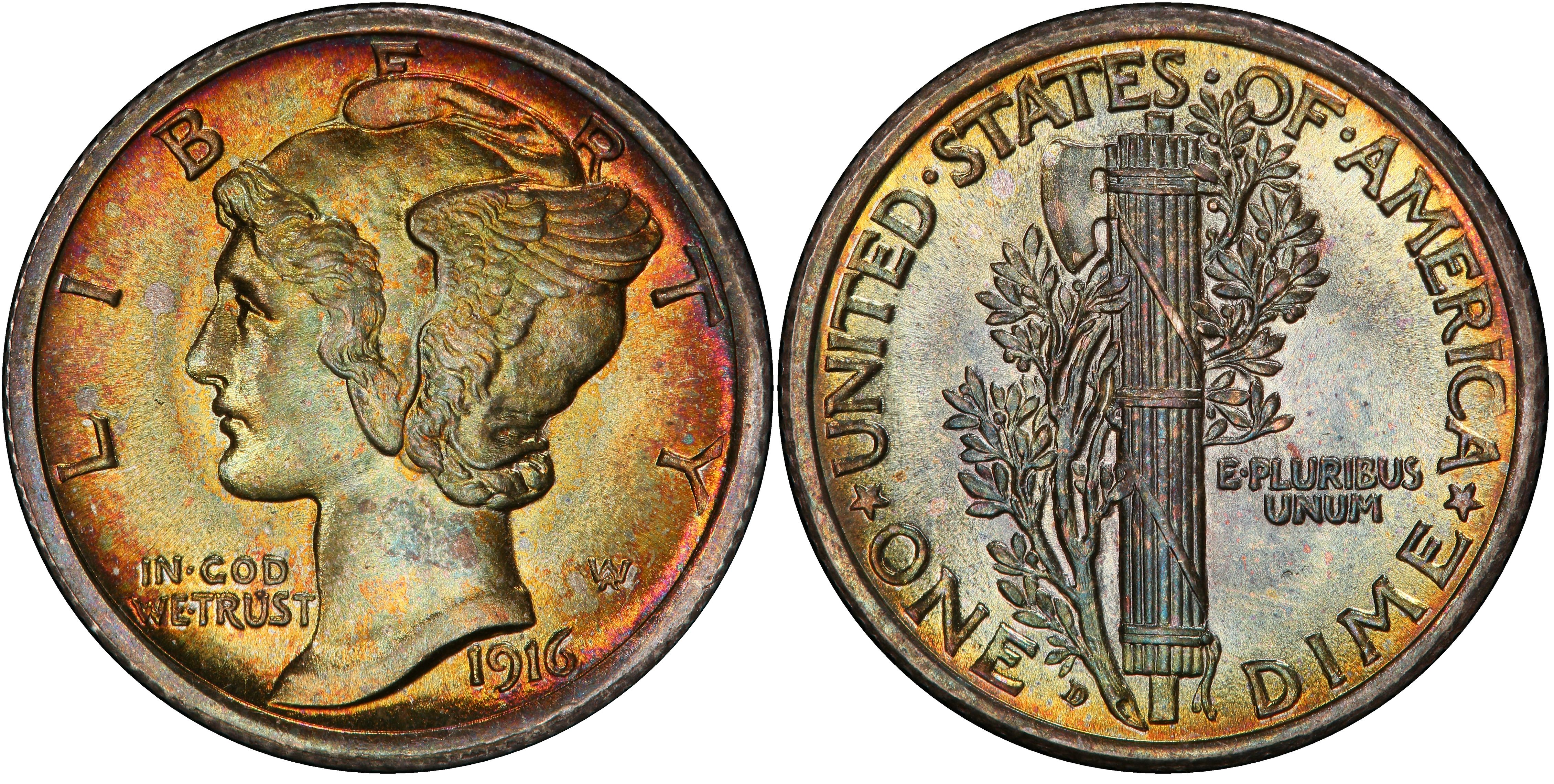
History and Background The 1916-D Mercury Dime marks the beginning of the Mercury dime series and was minted in Denver. With only 264,000 minted, it is the rarest and most sought-after dime in the series.
Identification Tips To identify a 1916-D Mercury Dime, check for the “D” mint mark on the reverse side, to the left of the fasces. Ensure the date reads 1916. This coin is often counterfeited, so be cautious and seek expert verification.
Value Depending on its condition, the 1916-D Mercury Dime can range in value from a few thousand dollars to over $200,000. A high-grade, uncirculated example can command top dollar at auction, making it a prized possession for collectors.
3. 1796 Draped Bust Dime
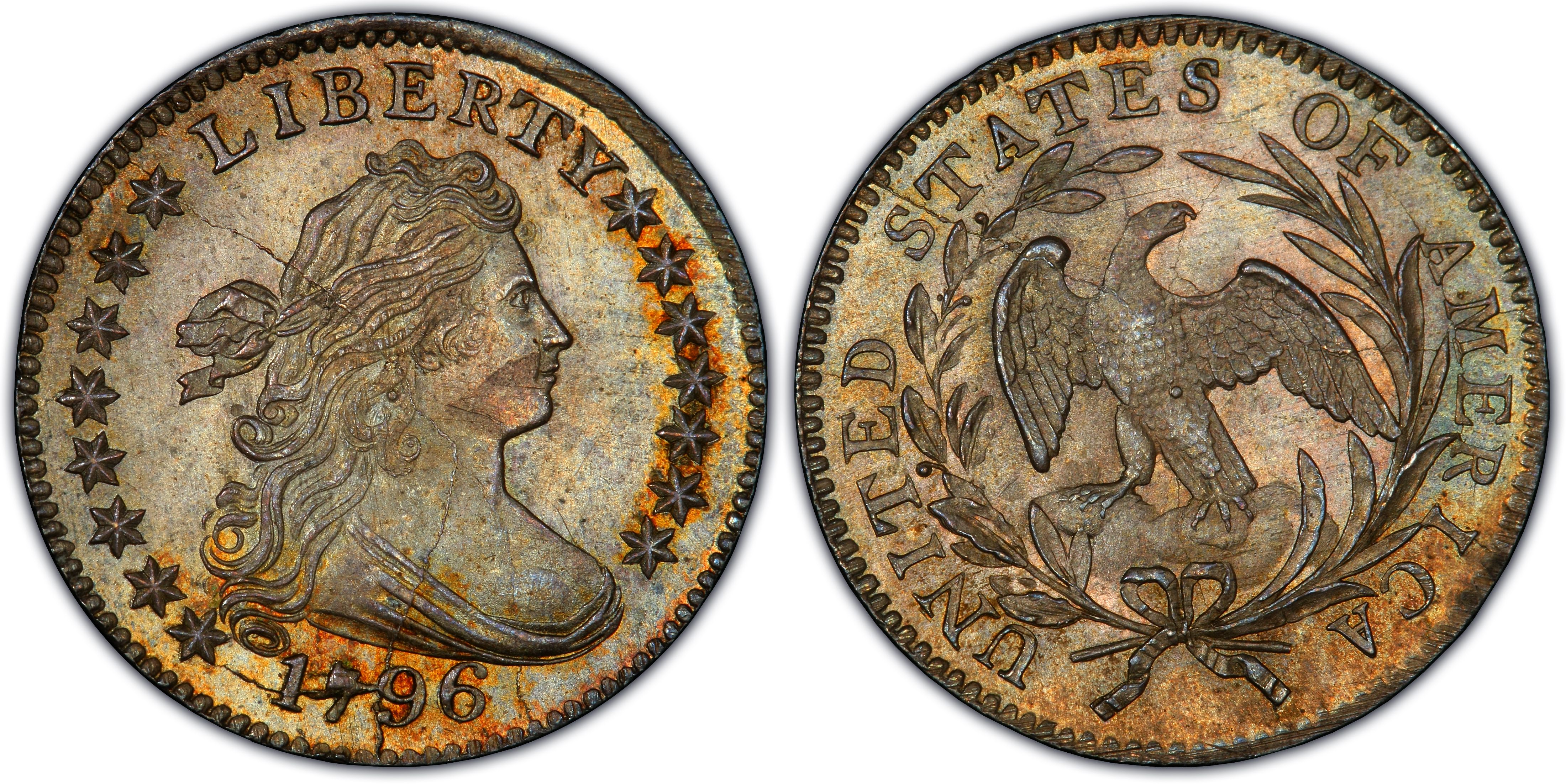
History and Background The 1796 Draped Bust Dime is one of the earliest dimes minted by the United States, with a low mintage of approximately 22,135. This coin features the Draped Bust design, which is highly sought after by collectors due to its historical significance.
Identification Tips Look for the Draped Bust design on the obverse, with the date 1796. The reverse features a small eagle within a wreath. These dimes are often worn, so clear identification can be challenging.
Value Values for the 1796 Draped Bust Dime range from $10,000 to over $100,000, heavily influenced by condition and provenance. High-grade examples are rare and command significant premiums.
Factors Affecting Value
Condition/Grade The condition of a coin significantly impacts its value. Coins are graded on a scale from Good (G) to Mint State (MS), with higher grades indicating better condition and higher value.
Rarity The rarity of a coin, determined by its mintage numbers and survival rate, plays a crucial role in its value. Rare coins with low mintage and few surviving examples are highly prized.
Historical Significance Coins with historical significance often have higher values. The story behind the coin, its age, and its role in history can enhance its desirability and price.
Tips for Collectors
Authentication Authenticity is paramount in coin collecting. Use reputable certification services like PCGS (Professional Coin Grading Service) and NGC (Numismatic Guaranty Corporation) to verify your coins.
Buying and Selling Purchase rare dimes from reputable dealers, auctions, or online marketplaces. When selling, consider these same venues to reach knowledgeable buyers willing to pay top dollar.
Preservation Proper storage and care are essential to maintain the value of rare dimes. Store them in a cool, dry place, preferably in protective holders or cases to prevent damage.

Conclusion:
Rare dimes are hidden treasures that combine history, beauty, and value. Whether you’re a seasoned collector or just starting, these top three rare dimes – the 1894-S Barber Dime, the 1916-D Mercury Dime, and the 1796 Draped Bust Dime – offer exciting opportunities to enhance your collection. Happy hunting!
FAQs About Rare Dimes
Q1: What makes a dime rare?
A: A dime is considered rare due to factors such as low mintage numbers, historical significance, and limited survival rates. Specific minting errors or unique characteristics can also contribute to a dime’s rarity.
Q2: How can I identify an 1894-S Barber Dime?
A: To identify an 1894-S Barber Dime, look for the “S” mint mark below the wreath on the reverse side and ensure the date reads 1894. Due to its rarity, it is advisable to have the coin authenticated by a reputable grading service.
Q3: Why is the 1916-D Mercury Dime so valuable?
A: The 1916-D Mercury Dime is valuable because it was the first year of the Mercury dime series and has the lowest mintage of the series, with only 264,000 produced. Its rarity and historical significance contribute to its high value.
Q4: What should I look for to identify a 1796 Draped Bust Dime?
A: To identify a 1796 Draped Bust Dime, look for the Draped Bust design on the obverse with the date 1796, and the reverse featuring a small eagle within a wreath. This coin’s age often results in wear, making clear identification important.
Q5: How do I determine the value of my rare dime?
A: The value of a rare dime is determined by its condition, rarity, historical significance, and current market demand. Having the coin graded by a professional service like PCGS or NGC can provide an accurate assessment of its value.
